2017 Mazda CX-5 Review: First Drive

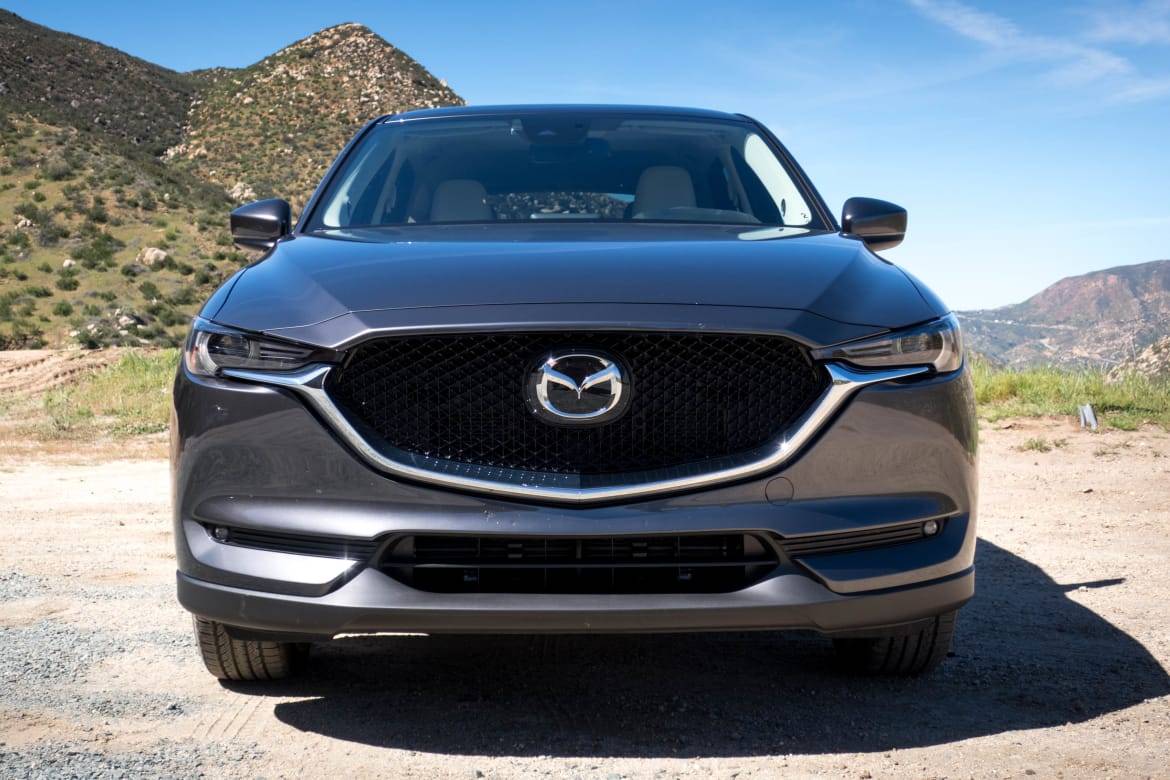
CARS.COM — In the time since its introduction, the CX-5 has become Mazda’s best-selling model, and though the company is more closely tied spiritually to its sports cars, it’s the CX-5 that keeps the lights on and pays the bills.
Related: Mazda Announces 2017 CX-5 Pricing
This is the first full redesign for the CX-5 since its debut in 2012, and I was excited to investigate the results. There’s a dearth of fun-to-drive compact SUVs, which makes sense — most automakers put a larger emphasis on utility and fuel economy in this class, probably rightly so. But that does make the CX-5 and its driver focus stand out from its peers in a positive way.
The CX-5 will still be offered in three trim levels: Sport, Touring and Grand Touring. I tested a front-wheel-drive Grand Touring model, which starts at $30,335 (including a $940 destination charge) and also included the optional Grand Touring Premium Package ($1,830) and the Machine Gray Metallic paint ($300) seen in these photos. This bumped the sticker price for the CX-5 to $32,465.
Exterior
There is more than a little CX-9 (Mazda’s three-row SUV) in the design of the 2017 CX-5, and that’s fine by me. I think that the CX-9 is one of the best-looking SUVs period, and seeing elements of it in the CX-5, starting with that vertical front grille, puts the CX-5 on the flattering side of imitation. Dimensions are for all intents and purposes unchanged in the redesign as well, keeping the compact SUV… well, compact.
Other exterior updates include two new paint colors for the CX-5: the previously mentioned Machine Gray Metallic as well as Soul Red Metallic. There are updated headlights and taillights as well, with sharp LED accents. For the first time, a power liftgate is also available.
One styling quirk from the previous CX-5 continues on to the new generation. Grand Touring models still feature 19-inch wheels, but somehow, even with these enlarged wheels, there’s still enough gap between the tire and the fender at all four corners to be very noticeable.
Interior
The biggest improvement for the 2017 CX-5 versus the previous version is quietness. There are new door seals, added sound deadening and new acoustic glass, all of which work in concert to keep the cabin more isolated and free of wind and road noise. It’s a very quiet cabin, reminding me of the 2017 Honda CR-V, but it’s worth noting that the CR-V uses active noise cancellation and the CX-5 does not.
Just like the exterior of the new CX-5, the interior has prominent styling changes but remains recognizable. The 7-inch touchscreen for the Mazda Connect infotainment system has moved to the top of the dashboard where it sits higher up in the driver’s line of sight, similar to its placement in the CX-9 and Mazda3. (When the car is in motion, the touchscreen functionality ceases and a rotary control on the center console must be used.) Unfortunately, there is still no Apple CarPlay or Android Auto integration.
Similar to the exterior, interior dimensions are close to the previous version of the CX-5. Rear legroom is class competitive, but where the CX-5 excels is in headroom: There was 3-4 inches of space between the top of my head and the ceiling without the seat reclined, which helps provide a feeling of space for backseat passengers.
The backseat got a lot of attention in the redesign, with Touring and above models adding air-conditioning vents and two USB charging ports to the backseat area. The good news is that the USB ports charge at 2.1 amps, which is enough to charge tablets as well as smartphones. The bad news? Those charge ports are located in the storage tray that folds down from the middle seat, so if someone is sitting in the middle, then charging won’t be an option. Heated rear outboard seats are also available as a part of the Premium Package on Grand Touring models.
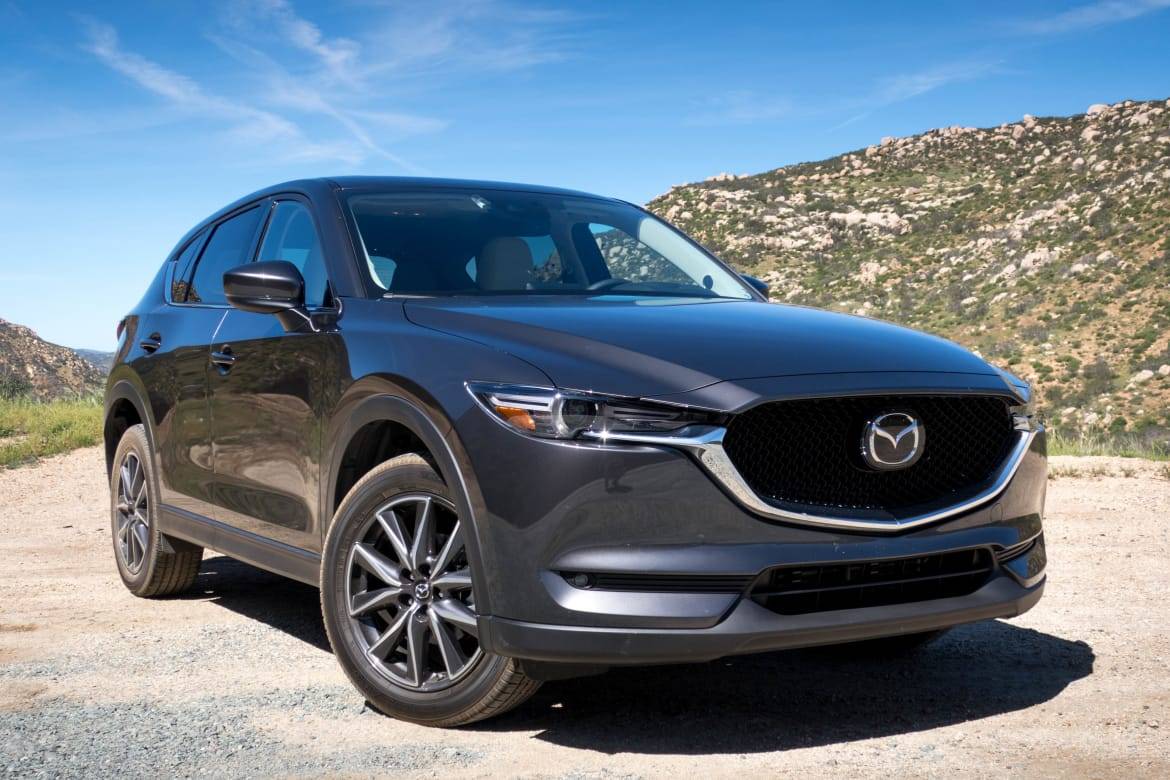




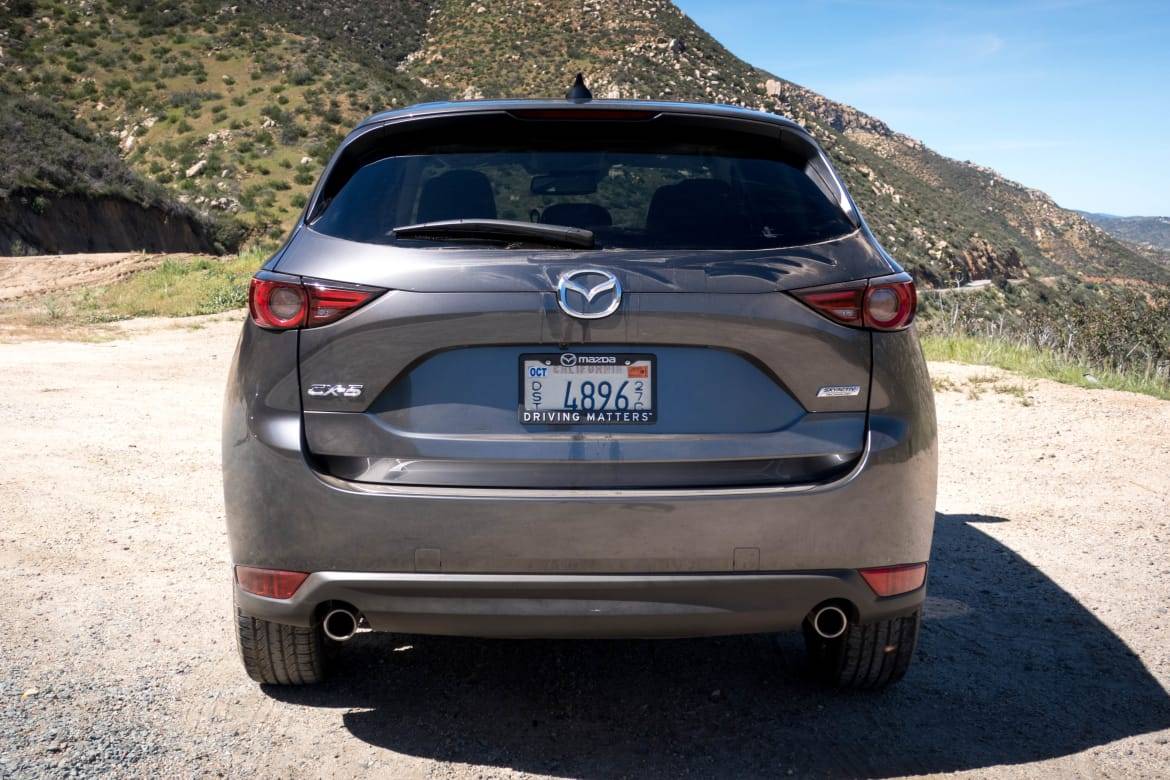
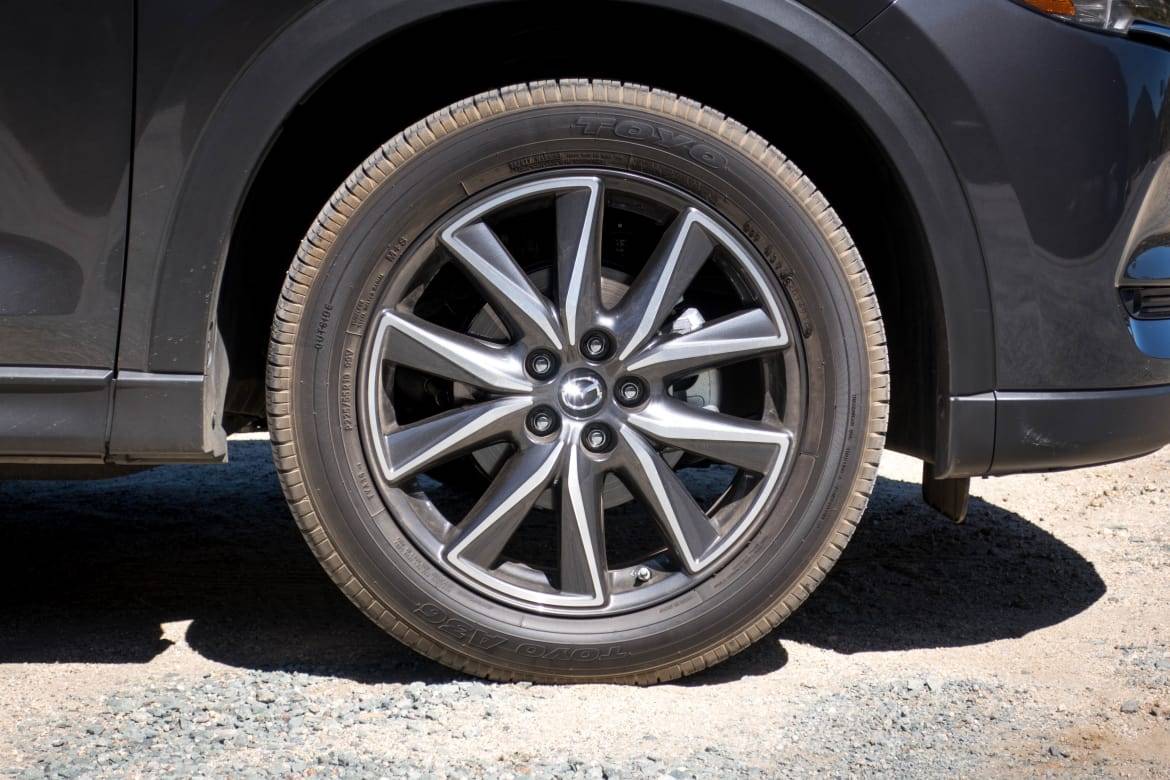
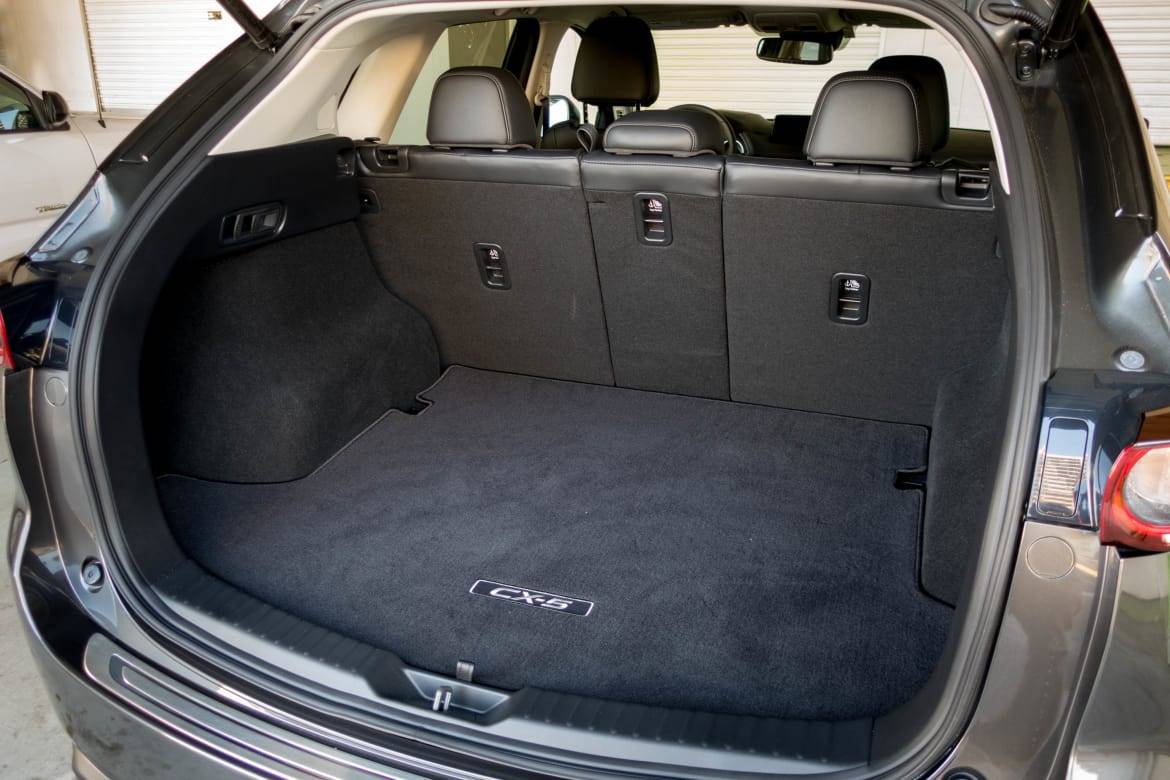
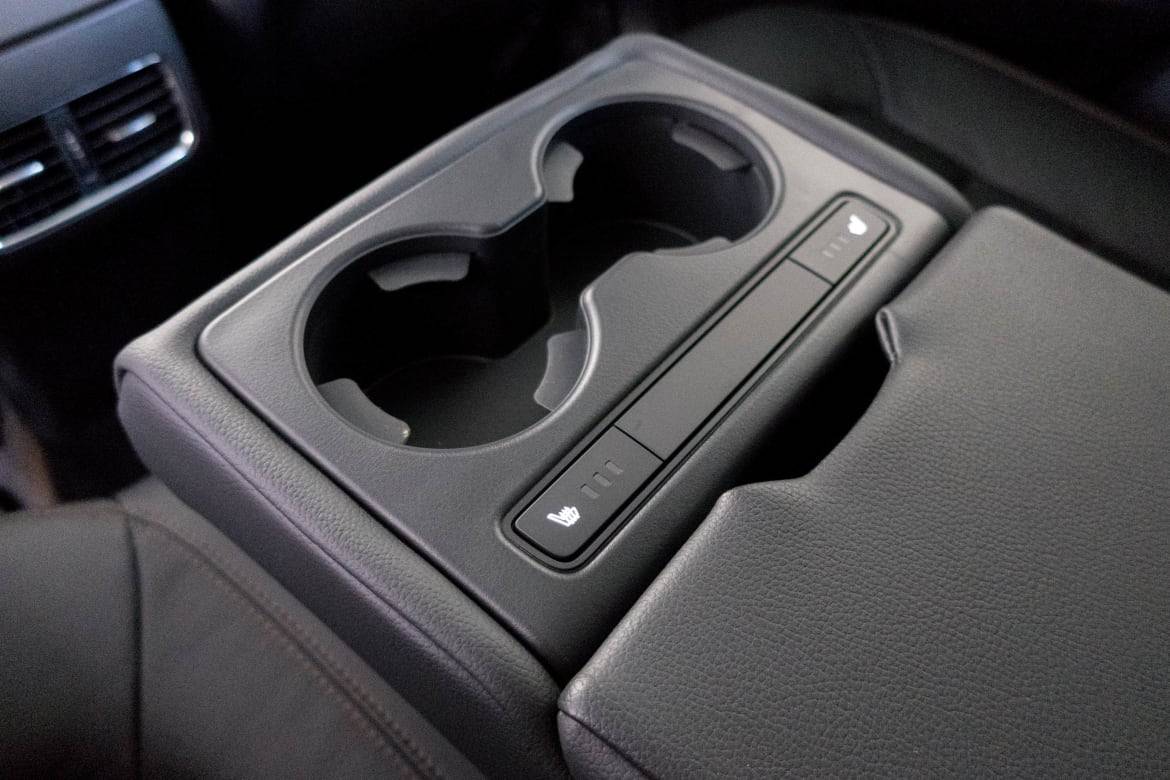
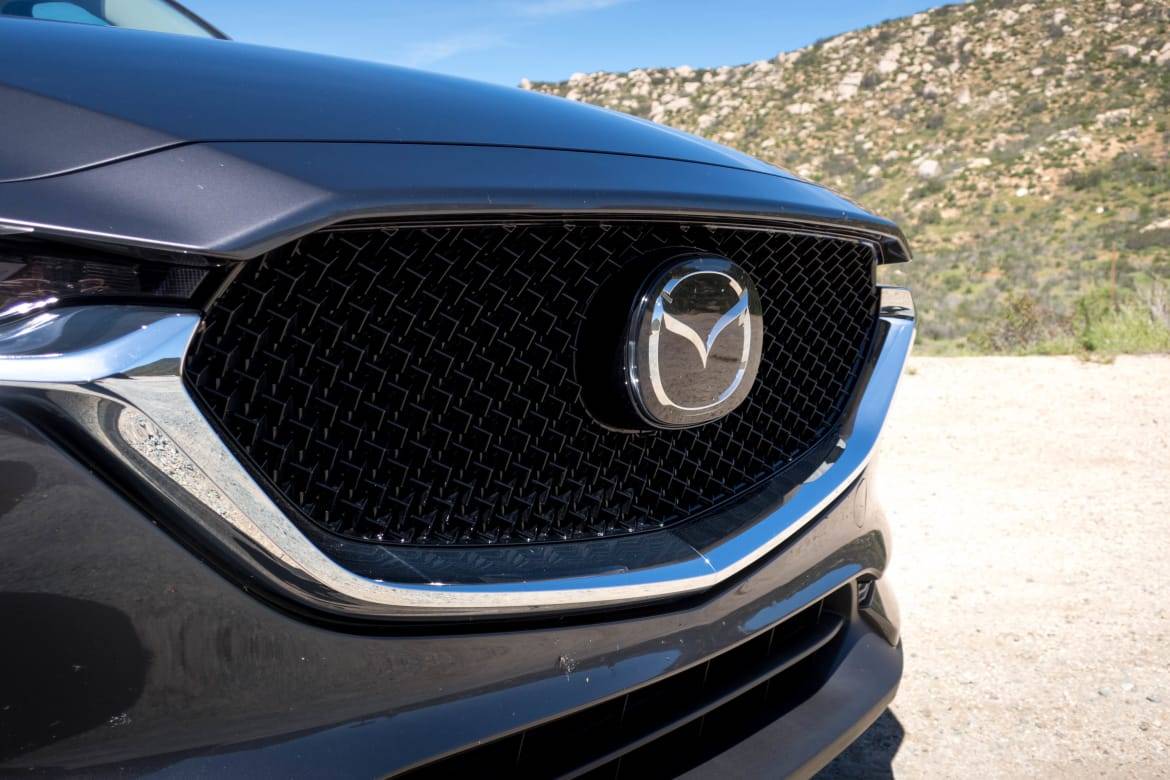
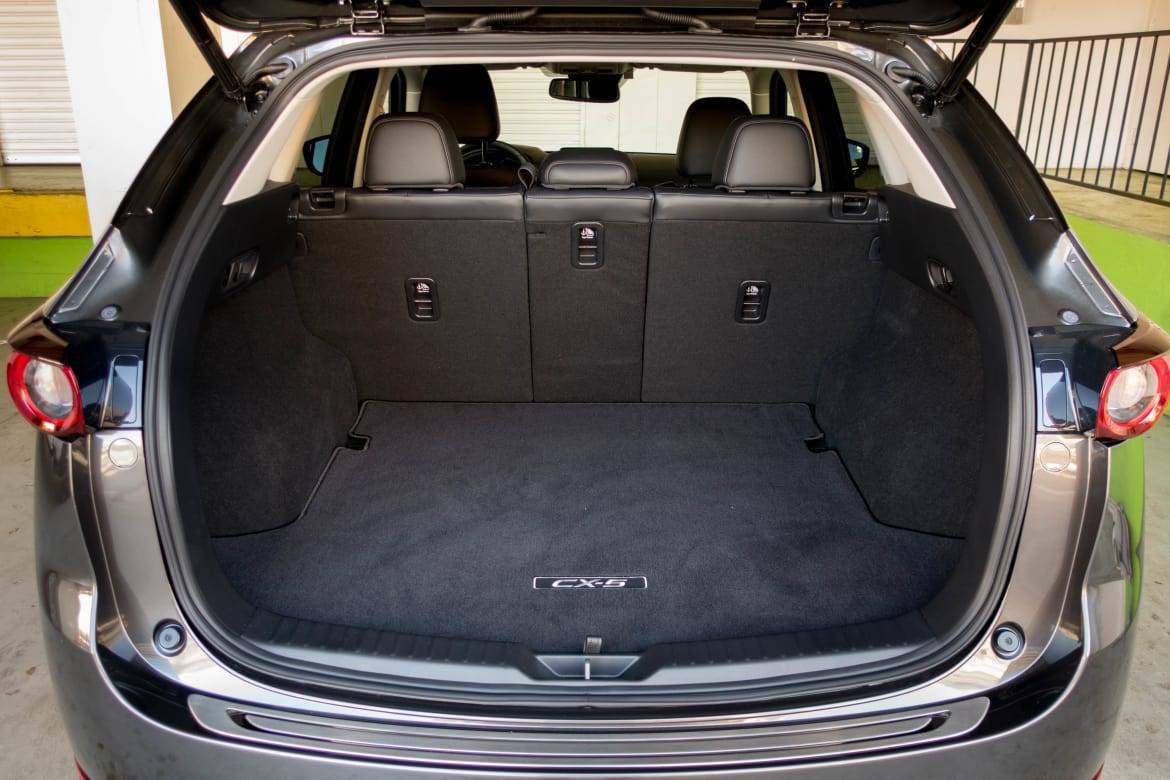
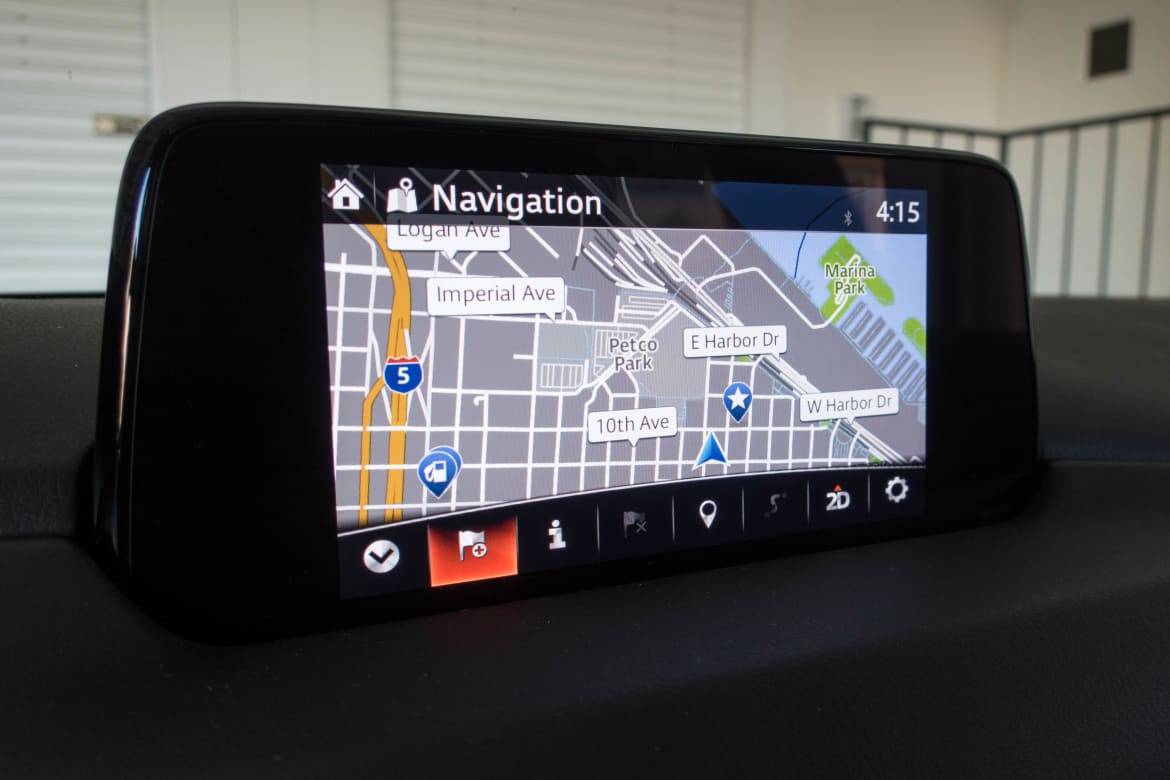
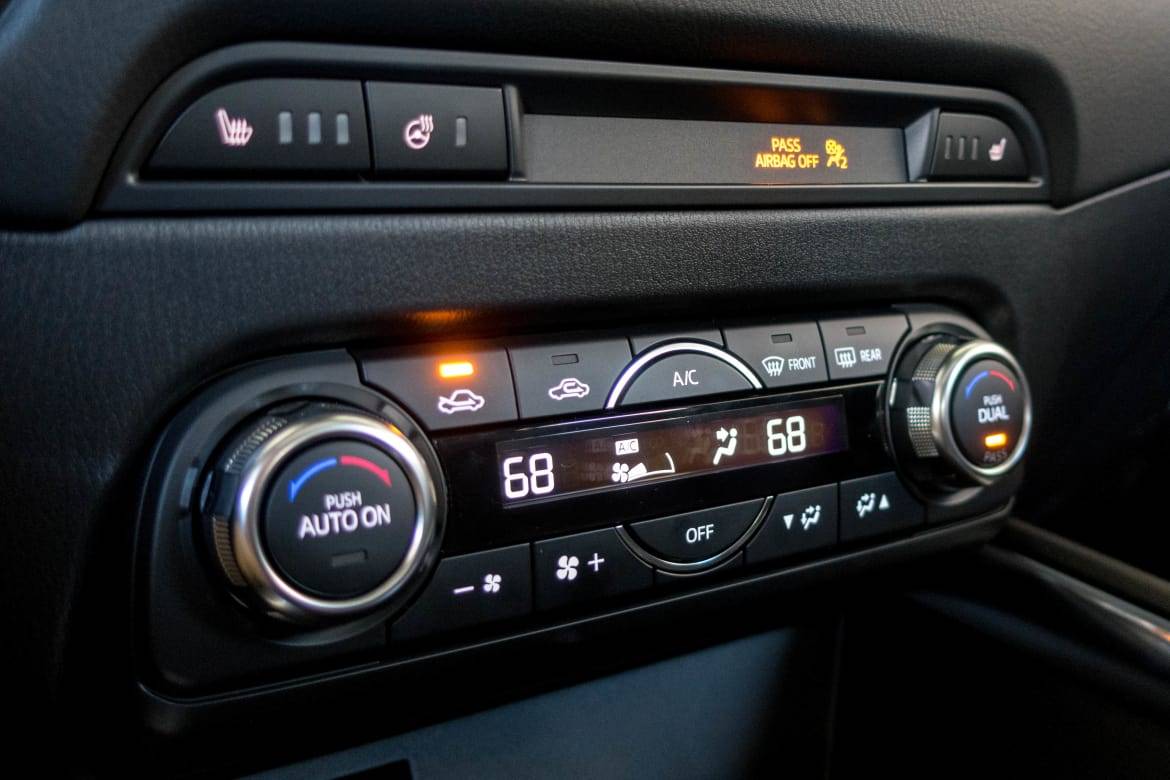


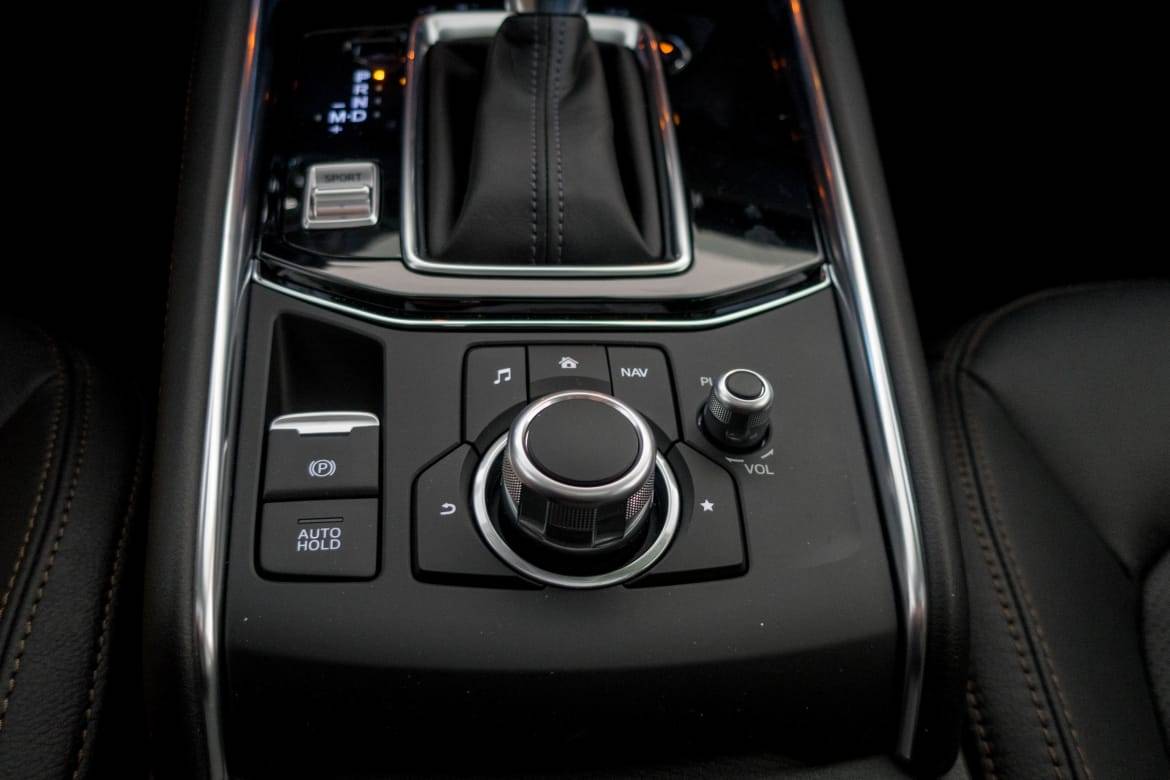

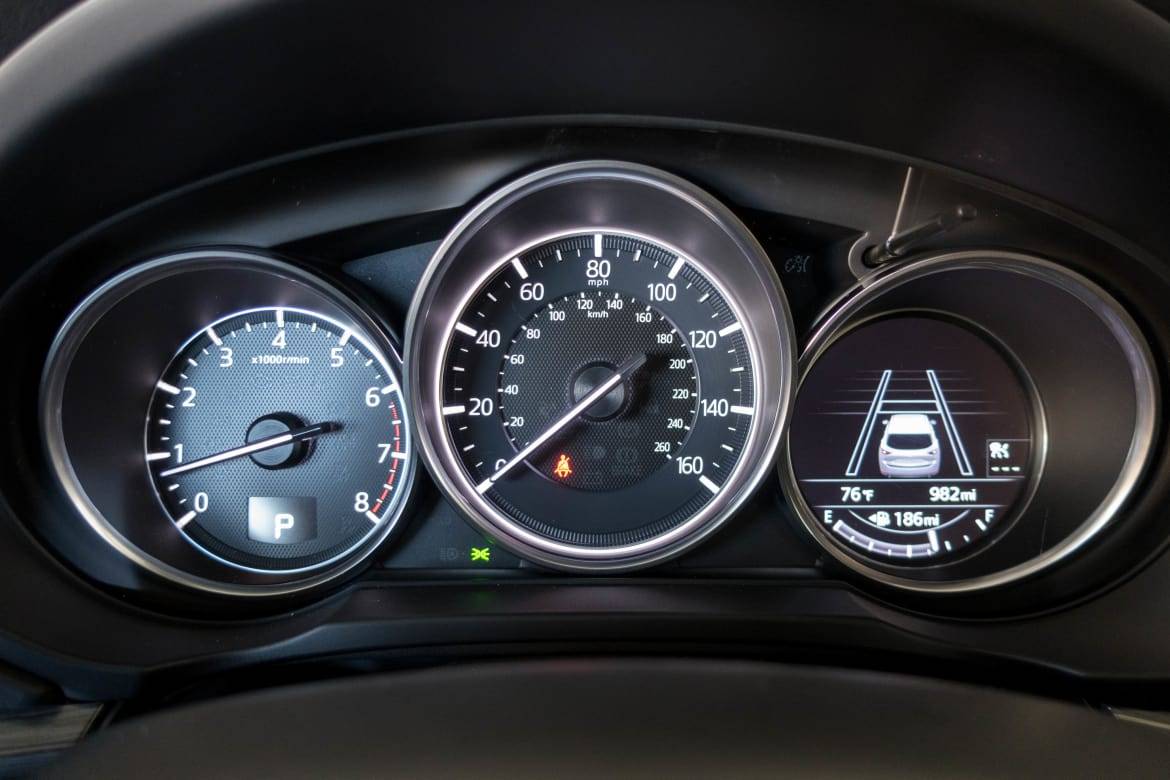
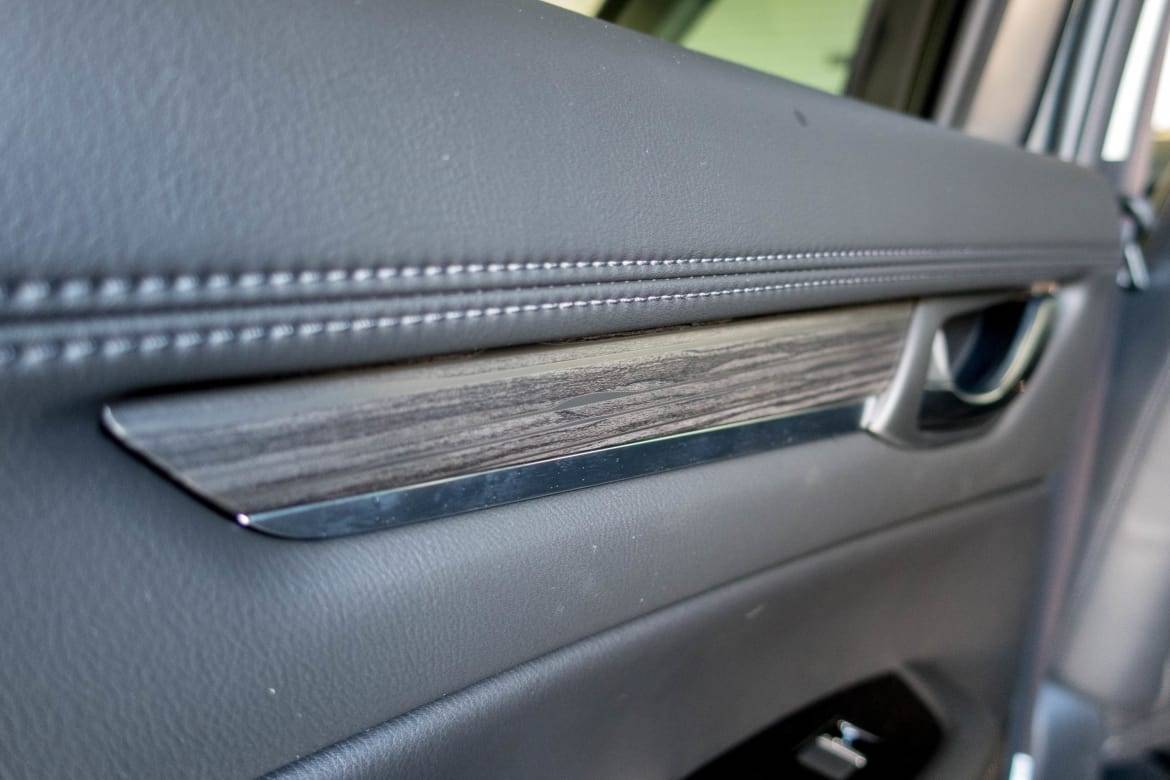
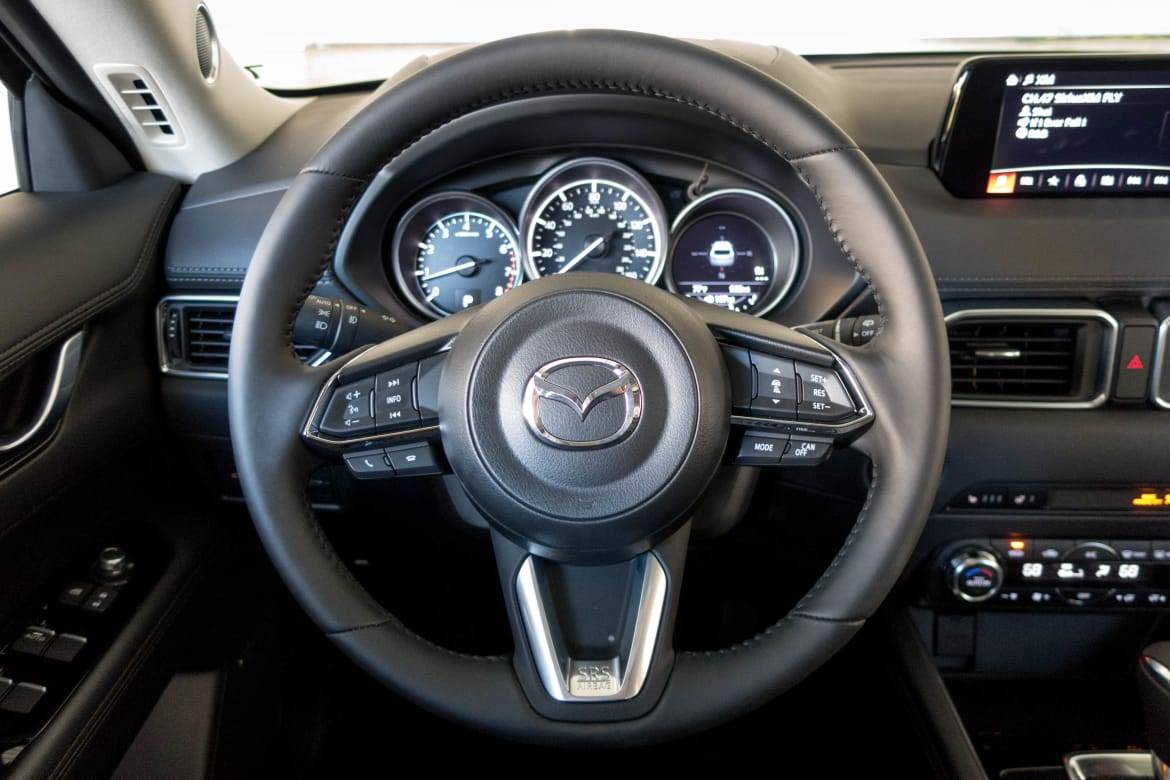
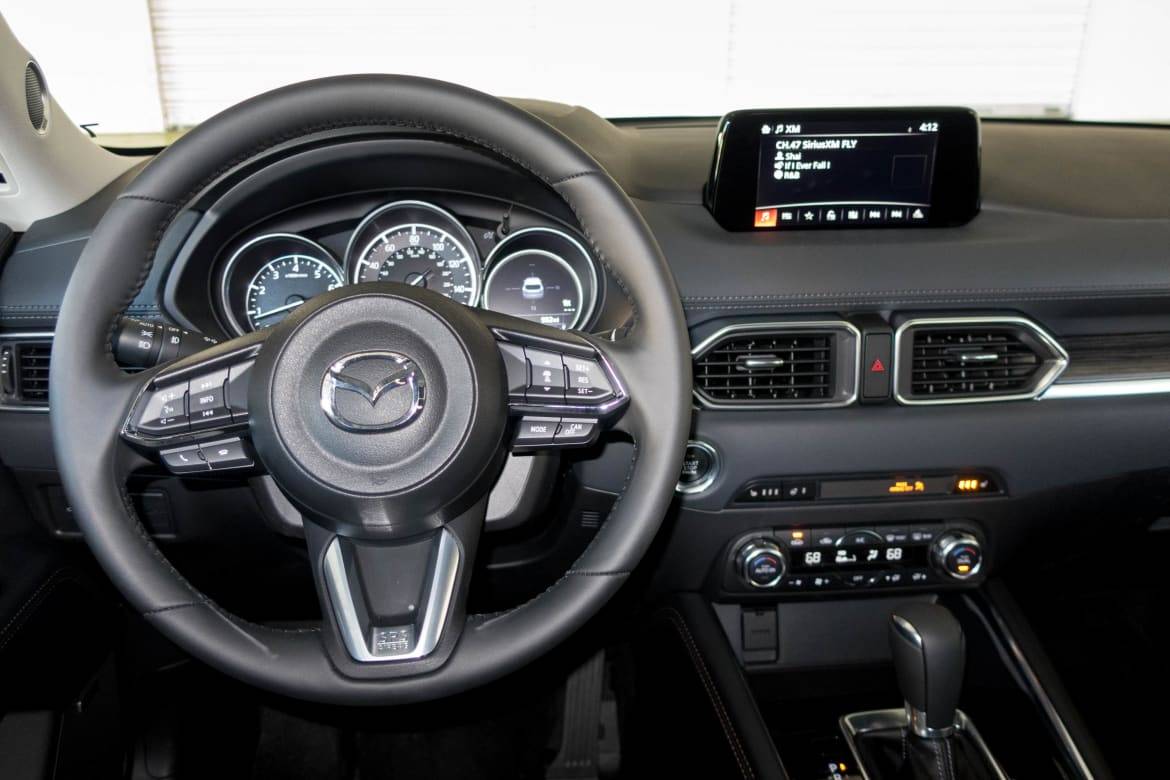
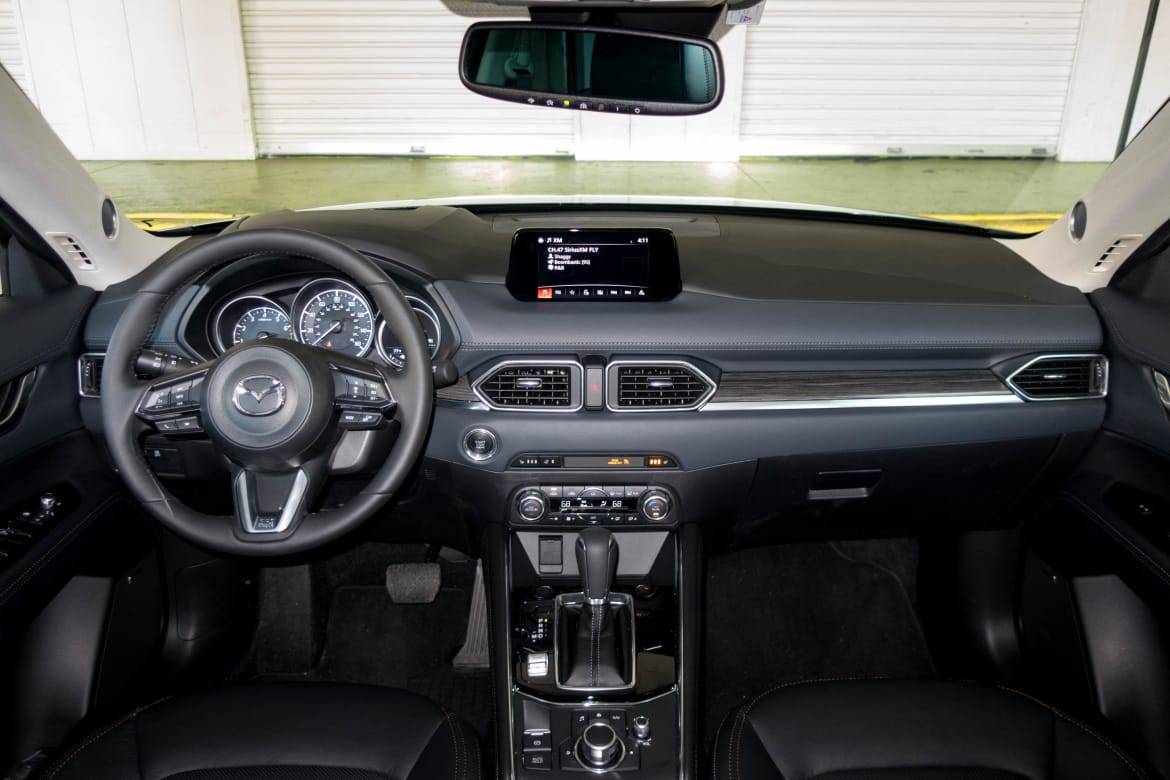
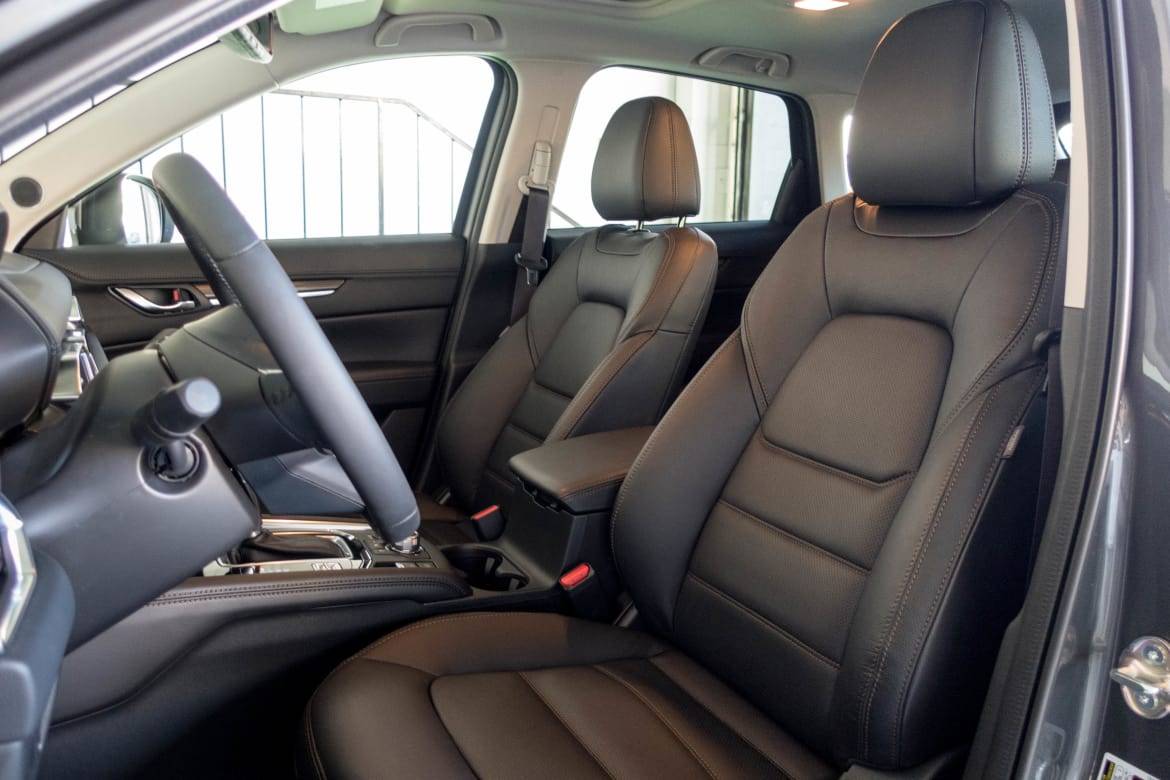
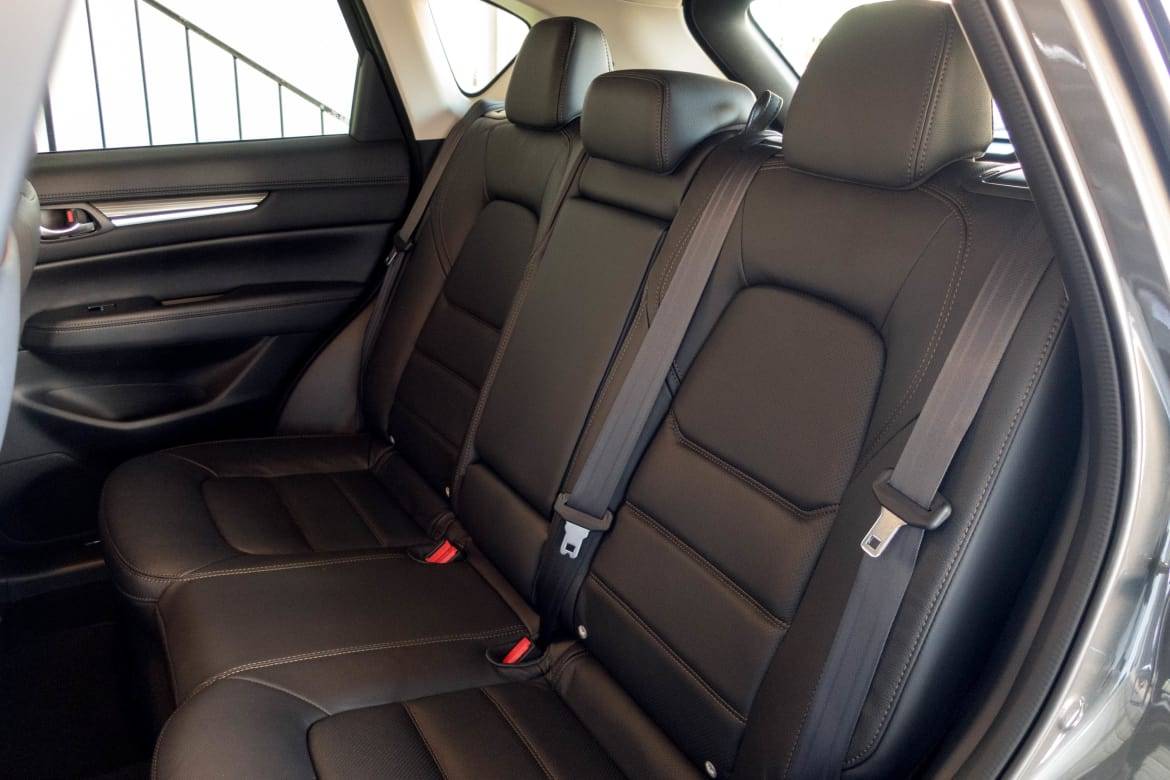
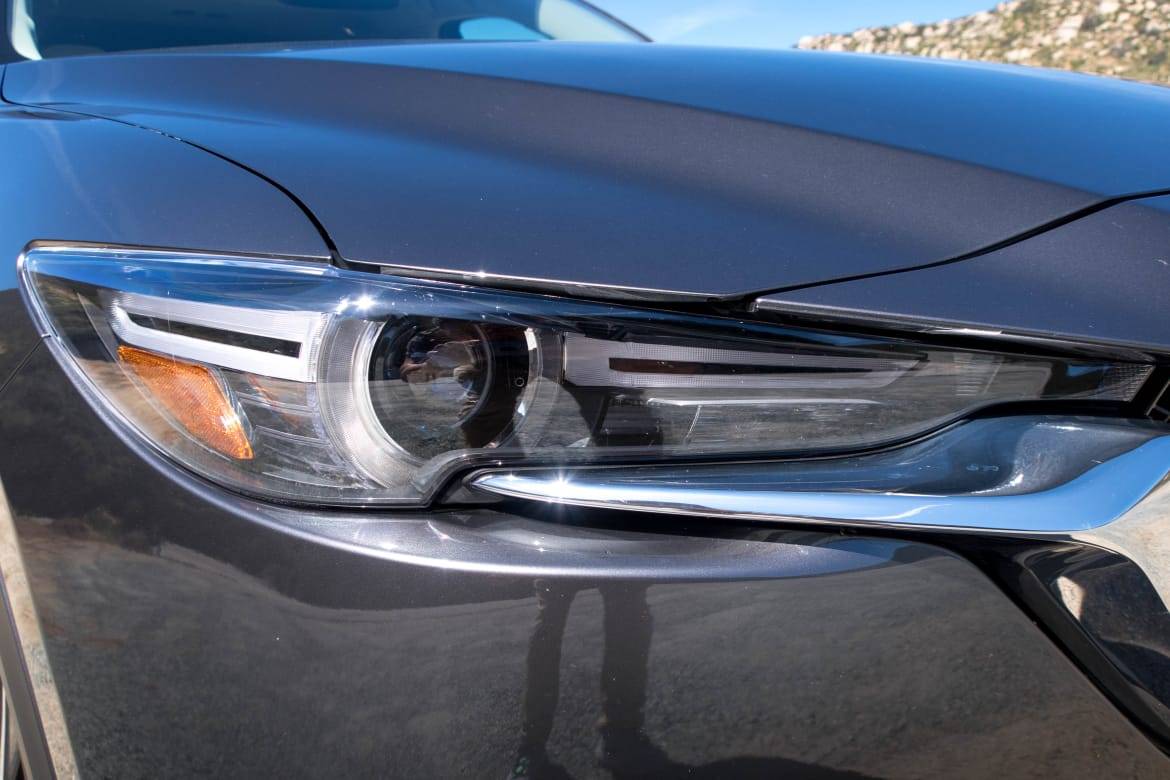
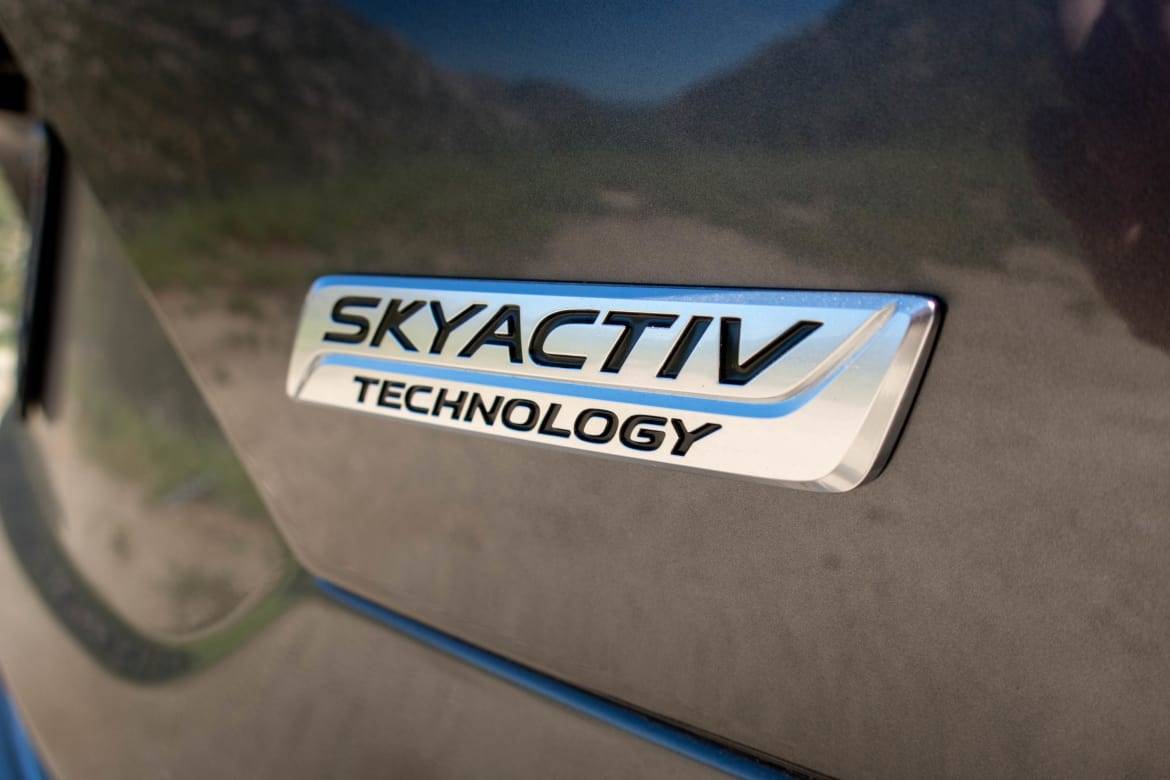


























How It Drives
Gone is the smaller 2.0-liter four-cylinder and the option for a manual transmission. That leaves the 2.5-liter four-cylinder and the six-speed automatic transmission as the only powertrain option for 2017. There has been a slight boost in engine power — 3 horsepower — which pushes output to 187 hp and 185 pounds-feet of torque. Front-wheel drive is still standard, and all-wheel drive optional.
Mazda also made a long list of updates to the steering, chassis and throttle mapping (including the addition of G-Vectoring Control), but I won’t subject you to a recap. Instead, I’ll simply say this: Before the updates, the CX-5 was the best-driving vehicle in the compact SUV class, and that remains true. It stays incredibly flat in corners, the transmission is almost telepathically responsive, and the steering feel and weight are spot-on.
Safety
While there are not many new safety features added to the new CX-5, two key systems get big upgrades.
Mazda’s adaptive cruise control system gets an updated forward-facing camera that allows it to work all the way down to a stop (the old system shut down at speeds of under 19 mph), which is welcome news for those who live in high-traffic areas. If you stop for under three seconds, the car will move forward automatically. If more than three seconds elapse, simply tap the Resume button on the steering wheel and the CX-5 glides off again.
The second update is to the Active Driving Display (aka head-up display), part of the Premium Package as well. The CX-5 can now “read” road signs and the current speed limit of the road you are driving on now appears in the display, along with navigation directions, adaptive cruise control settings, blind spot warnings and a speedometer.
Conclusion
The changes to the new CX-5 make it more iterative than evolutionary. Mazda seems to have settled on a formula for the CX-5 and is sticking to it. It’s not the most practical compact SUV around, nor does it get the best gas mileage. But it is fun to drive and good looking to boot, which makes it jump out from its competitors.
The 2017 CX-5 will arrive at dealerships later this month, and another version with a 2.2-liter diesel engine will arrive later in the year as well.

Former L.A. Bureau Chief Brian Wong is a California native with a soft spot for convertibles and free parking.
Featured stories






























